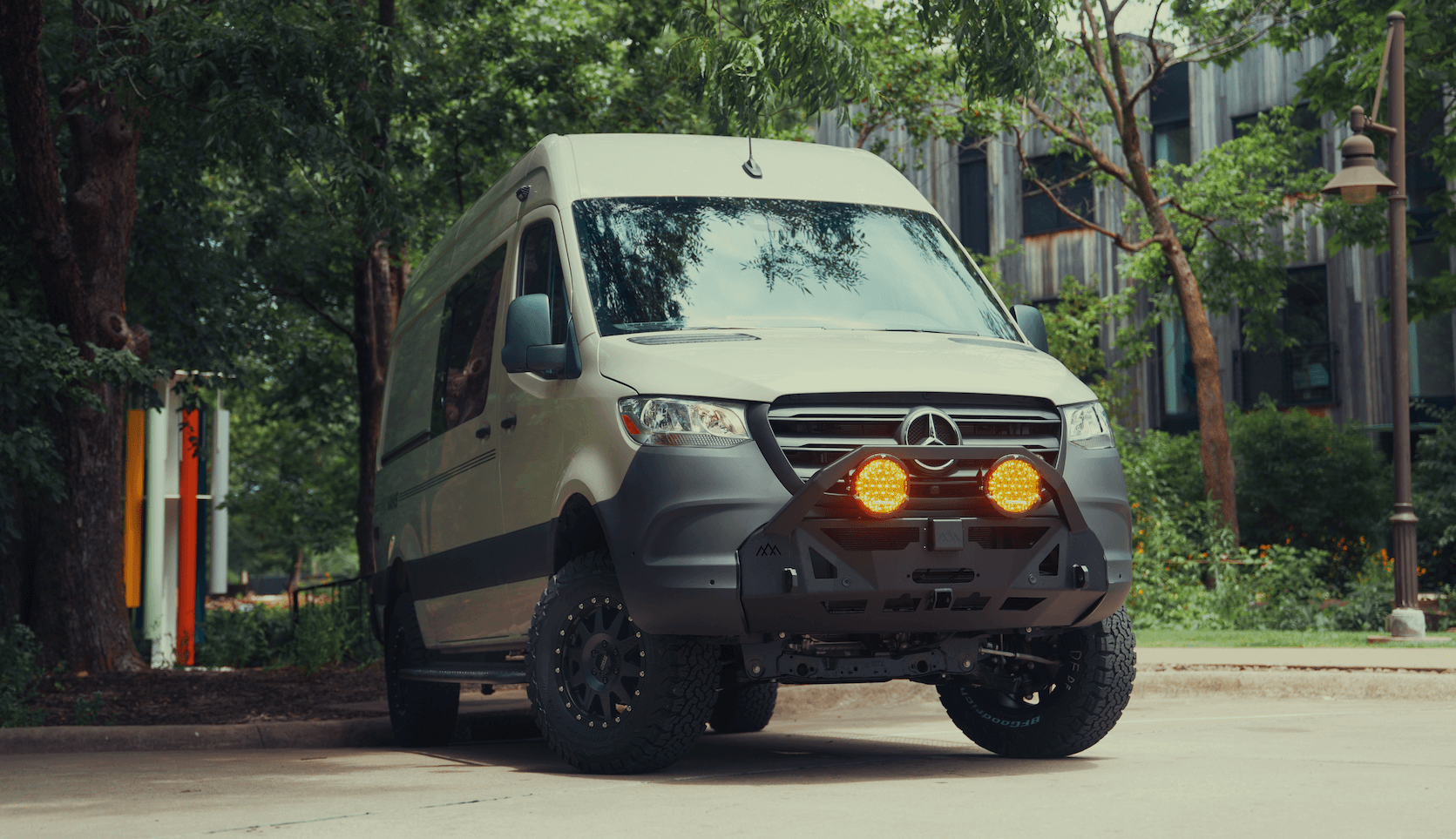Recreational Vans

The North Atlantic rewards patience. Peak season runs June through August for long daylight, active ferries, and open campsites. Shoulder months in May and September bring thinner crowds and crisp air, yet conditions still change by the hour. Plan for rain, fog banks, and fresh wind even on bright days. Keep a spare day in your itinerary for weather holds and ferry adjustments.
Summer delivers late sunsets and early dawns, ideal for long drives and hikes. In spring and early fall, bring headlamps and reflective gear for roadside stops and evening camp chores. Fog can roll in fast over sea cliffs, so photo plans and hikes should always have a backup window.
Crosswinds can move a high roof van. Secure gear, reduce speed on exposed causeways, and give yourself extra stopping distance. On narrow roads, slow to a roll for blind crests and bends. Expect slick patches after a sudden shower and watch for loose gravel near pullouts.
Roads are well maintained but tight, with steep approaches to small harbors and hillside villages. Many tunnels are single lane with signed passing places. Pull into the nearest bay and let oncoming vehicles pass when required. Use dipped headlights in tunnels and anytime visibility drops. Speed limits commonly sit at 50 in towns and 80 on rural roads unless marked otherwise.
Sheep wander freely and often step onto pavement without warning. Brake early, avoid horns around livestock, and pass wide. Seatbelts are required for every occupant. Keep right, stop fully at posted signs, and never block a passing place or farm drive. Fuel is available near larger towns, with card payment common at unattended pumps.
Inter island ferries are a core part of travel. Reserve space for your van on popular routes, especially to smaller islands during summer. Undersea tunnels may carry tolls billed by license plate, settled online or through local systems. Read the latest rules before arrival and keep receipts. The famous roundabout beneath the strait is an experience, but treat it like any other junction and signal clearly.
Campsites are the legal and respectful way to stay overnight. Expect basic facilities, water, and waste disposal, sometimes on sloped ground. Carry wheel chocks and always secure gray and black water until you reach proper stations. Wild camping is restricted and generally not allowed without landowner permission, so plan your nights around official sites.
Torshavn offers convenient access to supplies and services before you head deeper into the islands. Sites near Vagar place you close to airport side sights and coastal hikes. Refill water when you can, and never discharge waste in laybys or harbor lots. Pack a warm layer for camp even in midsummer, as ocean air cools fast after sunset.
A classic route begins on Vagar with the dramatic viewpoint above the lake and sea, then loops via Streymoy to the black sand of Tjornuvik. Continue to Eysturoy for switchbacks above Funningur and the colorful harbor at Gjogv. From Klaksvik, day trip to Kalsoy for the lighthouse hike on the island’s northern headland. Weather can close trails and private land rules may require a fee on popular paths. Read posted notices and follow local guidance.
Atlantic wind, salt spray, and steep grades ask more of your van. That is where a purpose built setup shines. OZK Customs engineers adventure rigs with insulation that holds warmth, electrical systems sized for cool gray days, and storage that locks down for single lane tunnels and ferry ramps. We can outfit lighting for sudden fog, racks for coastal weather, and communications that keep you connected when plans shift. Tell us your route style and we will translate it into a dependable, quiet, and capable home on wheels.
If Faroe Islands van travel is on your map, a thoughtful build will make every mile smoother. Explore our services and platforms, then start a conversation with our team about the way you travel and the conditions you expect.
At OZK Customs we design and build complete custom vans and targeted upfits for adventure travel. From power and heat to racks and lighting, our team turns real world travel goals into reliable rigs. Share your route and priorities and we will map a build that fits.
Ready to build the right rig for North Atlantic weather and long coastal miles? Talk to OZK Customs about a complete custom build or a precision partial upfit. From off grid power and insulation to racks, lighting, and Starlink installation, we design vans that handle wind, salt air, and remote driving. Tell us how you travel and we will engineer the van to match.
ADDRESS:
6159 E Huntsville Rd, Fayetteville, AR 72701
PHONE:
(479) 326-9200
EMAIL:
info@ozkvans.com